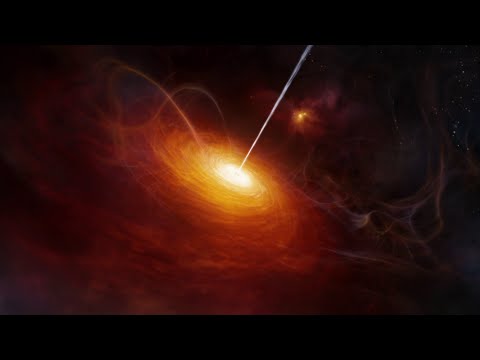The Origins of Galaxies: Tracing the Evolution of the Universe
The universe is a vast and mysterious place, filled with billions of galaxies, each containing billions of stars. But how did these galaxies form, and what processes led to their evolution over billions of years? The origins of galaxies is a complex and fascinating field of study, with scientists continuously striving to understand the processes that have shaped the universe as we know it today.
One of the key theories for the formation of galaxies is the Big Bang theory, which posits that the universe began as a hot, dense point roughly 13.8 billion years ago and has been expanding ever since. In the moments following the Big Bang, matter and energy were created and began to coalesce into the first galaxies. Over time, these galaxies grew through the accumulation of gas, dust, and stars, eventually forming the majestic structures we observe today.
As galaxies evolved, they underwent a number of transformative processes that shaped their structure and composition. One of the most important of these processes is stellar evolution, which describes how stars are born, live out their lives, and eventually die. Stars are the building blocks of galaxies, and their life cycles play a crucial role in shaping the structure and dynamics of galaxies.
Another key process in the evolution of galaxies is mergers and interactions. Galaxies are not isolated entities in the universe; they often interact with and even collide with one another. When galaxies merge, their gas and stars can be disrupted and rearranged, leading to the formation of new stars and altering the shape and structure of the galaxies involved. These interactions can also trigger bursts of star formation and the growth of supermassive black holes at the centers of galaxies.
The study of the origins of galaxies is a rapidly evolving field, with new discoveries and insights being made all the time. Advances in technology, such as powerful telescopes and computer simulations, have enabled scientists to probe deeper into the history of the universe and gain a better understanding of the processes that have shaped galaxies over billions of years.
By tracing the evolution of galaxies, scientists can learn more about the history and fate of the universe as a whole. Understanding how galaxies form and evolve can provide valuable insights into the fundamental laws of physics, the nature of dark matter and dark energy, and the ultimate destiny of the universe.
In conclusion, the origins of galaxies are a complex and fascinating topic that continues to captivate the minds of scientists and astronomers around the world. By studying the evolution of galaxies, we gain a deeper understanding of the universe and our place within it, shedding light on the mysteries of the cosmos and the forces that have shaped our existence.













